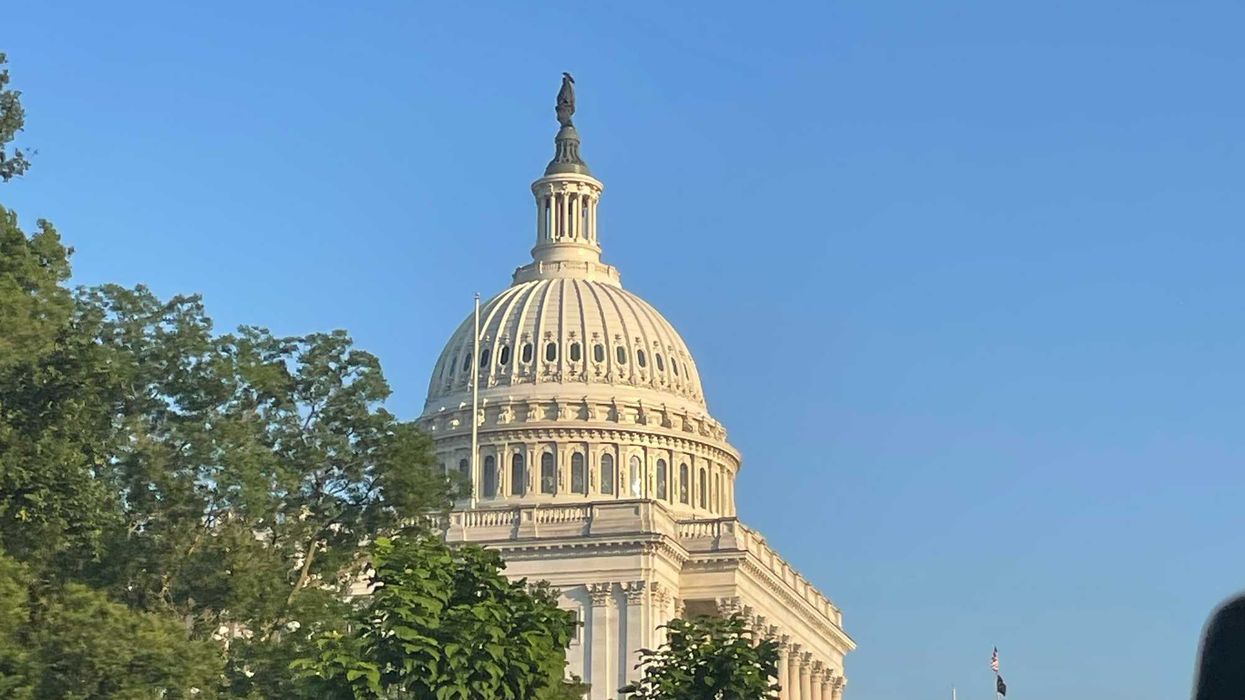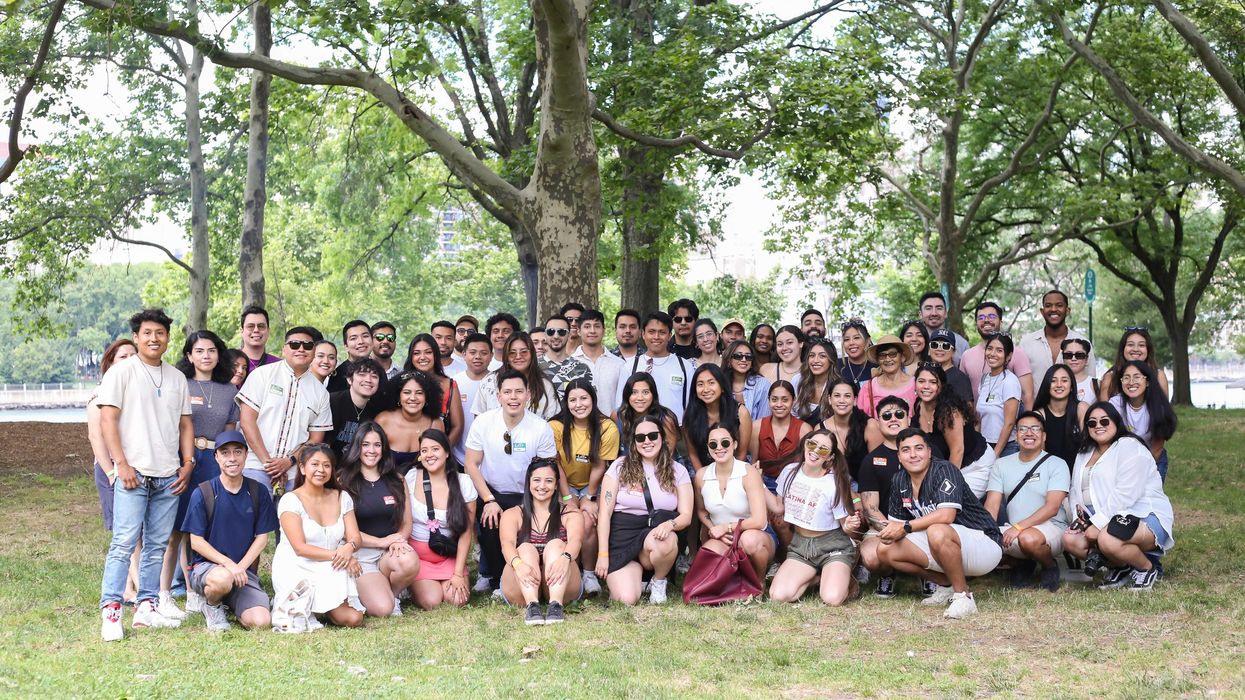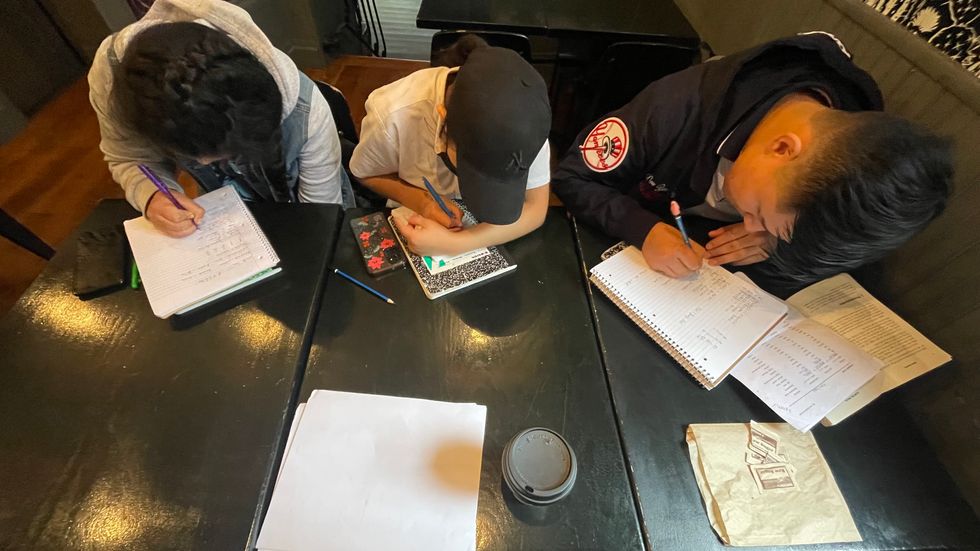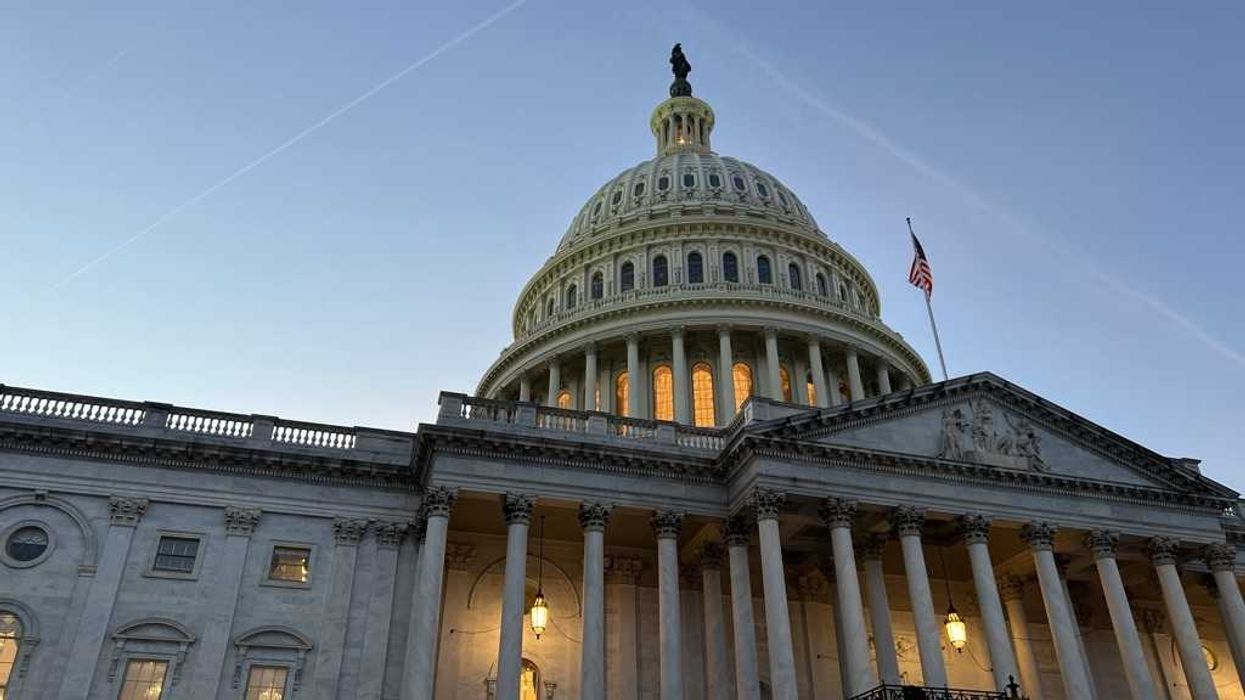The Florida Legislature is back in session to finalize a congressional redistricting plan. But Gov. Ron DeSantis authorized lawmakers to also consider a bill revoking Disney World’s status as a “special district” operating outside of municipal jurisdictions, and they quickly passed it Thursday.
This unusual – but not unique – quirk of state and local government largely goes unnoticed in Florida and beyond, so most people have never even heard of it. But this week it has been dominating headlines, so we wanted to take a closer look.
Since 1967, Disney World has acted as a self-governing entity, exempt from some regulations and running its own municipal programs. Officially, the zone is known as the Reedy Creek Improvement District, and through it Disney World levies its own taxes, runs its own emergency response units and controls construction permits and planning.
For 55 years, legislators have allowed this arrangement to continue, easily approving renewals on a regular basis. And it is one of nearly 2,000 such zones in Florida. But after the private company came out against a new state law regulating discussion of sex and gender in schools (known as the “Don’t Say Gay Bill”), Republicans have changed their tune.
"What I would say as a matter of first principle is I don’t support special privileges in law just because a company is powerful and they’ve been able to wield a lot of power," DeSantis said last month.
In a clear signal that he is targeting Disney, DeSantis on Tuesday called for an end to special districts established prior to 1968, affecting just a handful of Florida’s special districts. (DeSantis made the announcement about his directive to lawmakers during a press conference held in The Villages – a heavily Republican community that is itself a special district established in 1922.)
The massive complex – approximately 40 square miles – straddles Osceola and Orange counties. If the special district is indeed dissolved, those counties and two very small towns would become responsible for municipal services. According to the Miami Herald, Reedy Creek has an annual budget of $355 million and nearly $1 billion in debt.
Residents would most likely see an increase in their taxes to cover the added government responsibility, University of Central Florida professor James Clark told The New York Times.
Florida isn’t the only state with special districts. In fact, according to the U.S. Census Bureau, every state has at least one.
In 2017, the Census Bureau catalogued every special district in every state. At the time, Florida had fewer than 1,200 – not even cracking the top 10.
Between 2012 and 2017, approximately 1,500 special districts were created and about 1,250 were dissolved, according to the agency.
“In some cases, states create them to provide services to newly-developed geographic areas,” the Census Bureau explained. “In other cases, the special purpose activity or services already exist, but residents expect a higher level of quality.”
While many only exist for a short period of time to accomplish specific goals, Disney World’s has been in operation for more than a century. The state Senate approved DeSantis’ bill Wednesday and the House did the same Thursday, sending it to DeSantis for his signature. Reedy Creek will continue to operate until the summer of 2023, allowing time for negotiations on a new agreement.












 Source: Corporate Pero Latinos
Source: Corporate Pero Latinos Source: Corporate Pero Latinos
Source: Corporate Pero Latinos Source: Corporate Pero Latinos
Source: Corporate Pero Latinos







